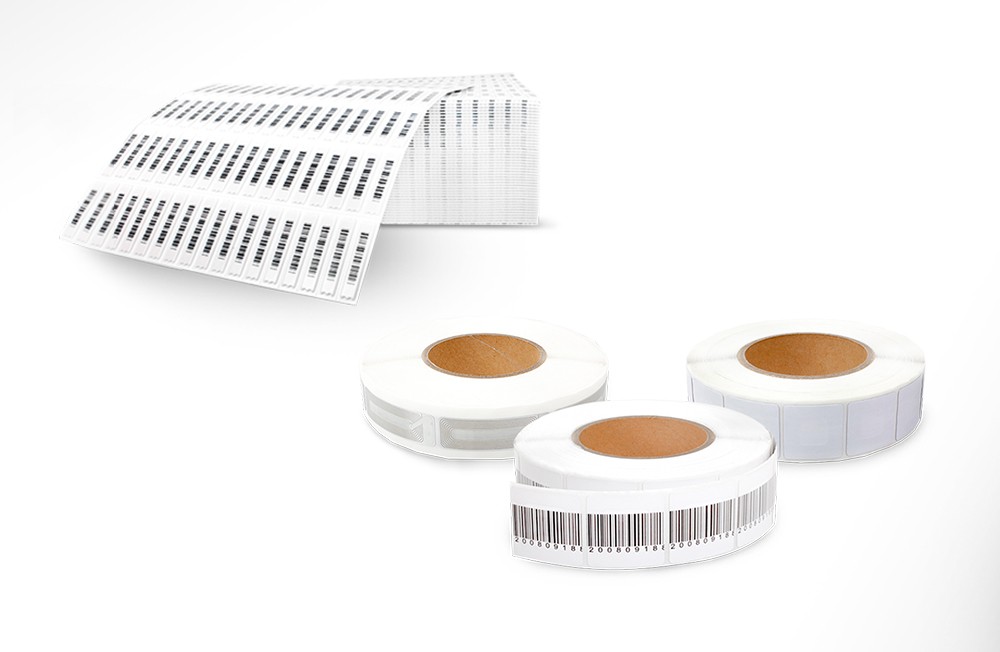
4 reasons to add ink security tags to your EAS
When it comes to protecting individual items against theft, Electronic Article Surveillance (EAS) is one of the most effective loss prevention strategies available.
But occasionally even this tried and true theft prevention method can benefit from a little help, and that’s where strategies like ink security tags come.
Used in conjunction with EAS, ink security tags or pins add an extra layer of shoplifting prevention by employing benefit denial.
So where and why would you add this to your loss prevention toolkit? Here are four reasons you might add ink security tags to your EAS.
A quick ink tag refresher
Developed in 1984, ink security tags feature an ampoule of indelible ink which breaks and seeps into a product when a tag is tampered with. They are known as a benefit denial strategy as they render the shoplifted item useless.
Over the years ink dye tags have been developed to use alongside EAS. This dual approach allows products to be monitored via antenna yet the obvious presence of the ink dye tag also deters thieves from attempting to remove the security tag.
Now they are available as EAS tags which have ink ampoules built into their design. These are available in both AM and RF frequencies to cater to all common EAS security systems.
Alternatively, ink dye pins can be added to existing EAS tags as an additional layer of security.
When ink dye tags are used

As we mentioned, ink dye tags and pins help deter shoplifters from attempting to tamper with security tags. And although EAS tags are now more secure and far more tamper resistant than in years gone by, the role ink dye tags and pins play continues to be important.
Here are four reasons you might consider their use…
To prevent tag tampering in the change room
One of the most common reasons apparel retailers opt to use ink dye tags is because of tag tampering in the change room.
Out of view and away from the watchful gaze of staff, the change room offers the potential for shoplifters to try to remove tags.
If you regularly find tags discarded on the floor of the change room or secreted behind mirrors and seating, ink security tags can assist in deterring shoplifters from tampering with them.
Again, this comes down to benefit denial – with ink dye tags, the shoplifter is visually warned that tampering with the tag will destroy the item they intend to steal.
Alternatively, retailers can also employ change room EAS systems like the Apparel Guard which notifies staff of tag tampering, they can also fit tags with larger pinheads, or increase the magnetic strength of the tags used.
To lengthen the life of your EAS tags
Your tags may be resistant to tampering but in some cases that doesn’t stop shoplifters from trying. If you find that tags show signs of tampering, it’s time to up the theft prevention ante.
Ink dye tags or pins could potentially increase the lifespan of your tags and pins by ensuring they are not damaged during shoplifting attempts.
For high value items
High value apparel and its associated accessories like handbags remain some of the most targeted items in the retail sector.
These items are often shoplifted due to their high resale value and can also attract the attention of gangs. Ink tags add an additional level of security for items like denim, designer clothing and even sports shoes, making the products less attractive to thieves.
If organized retail crime targets your store
Organized retail crime involving gangs and groups of shoplifters is a growing and frustrating crime for the retail sector. But by nature, it’s not random. Gangs tend to case stores in advance of a theft, selecting the items they plan to take based on resale value and ease of theft.
Ink tags make a product less appealing. They make it a lot harder to circumvent an EAS system because the tags cannot be removed without causing damage to the product and even if the crime involves a snatch and grab style theft, the items will be of no value.
You can learn more about our range including ink security tags and pins here.


